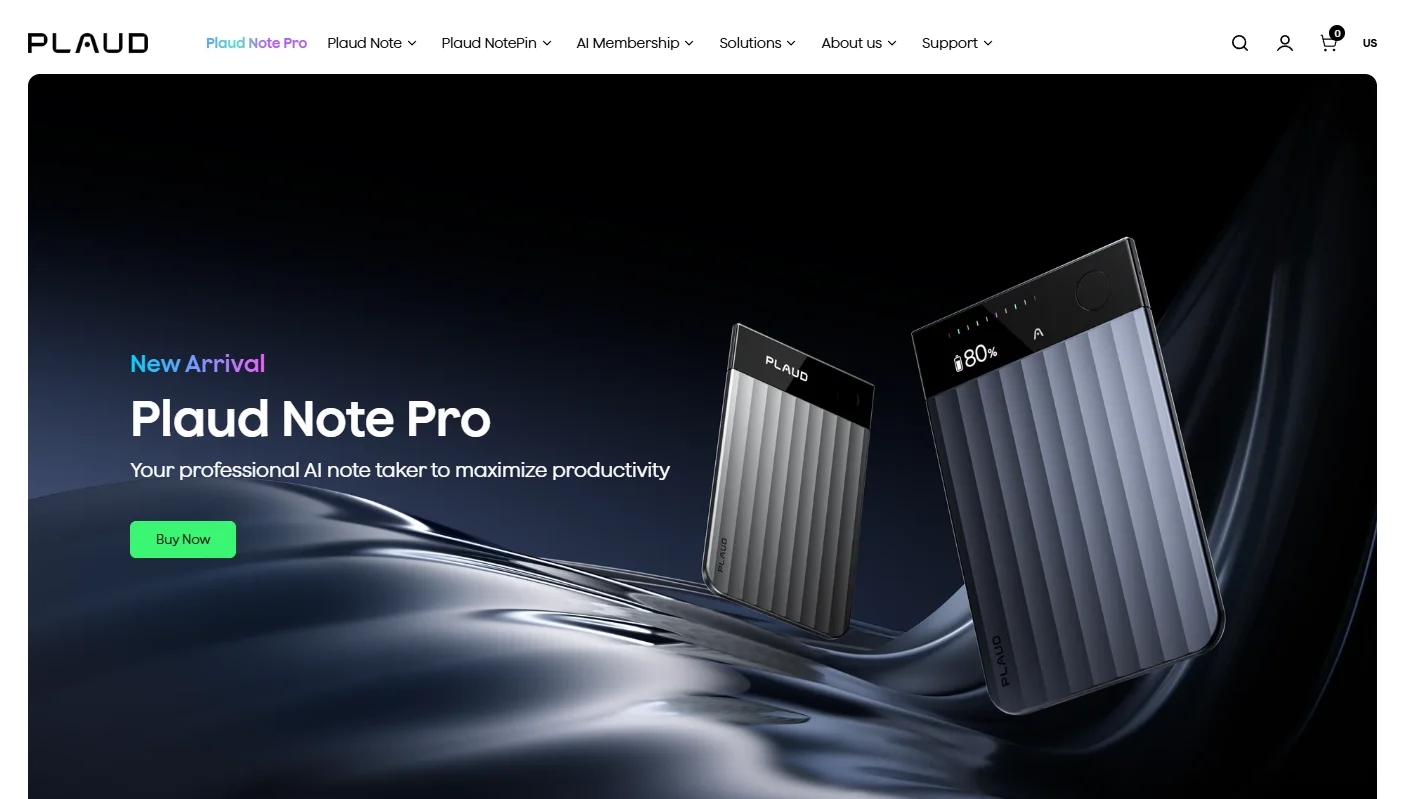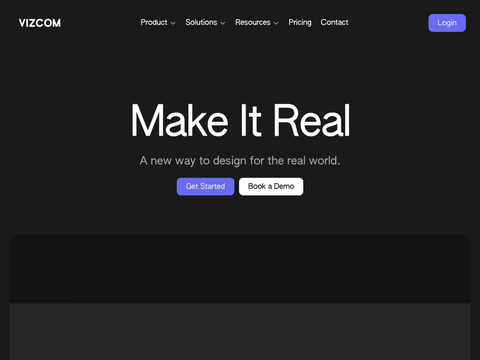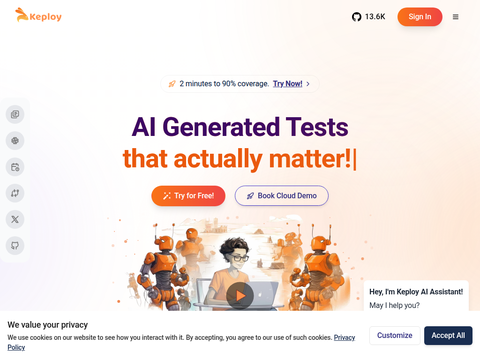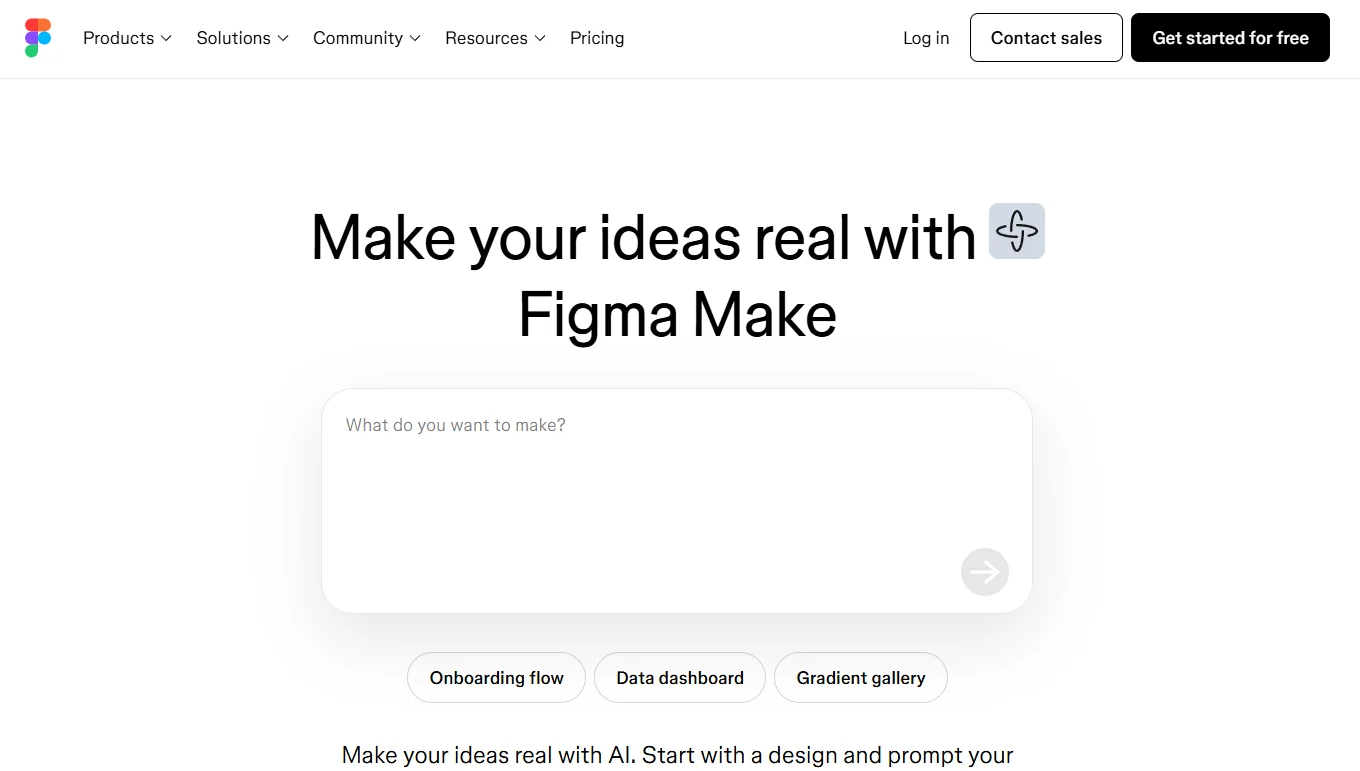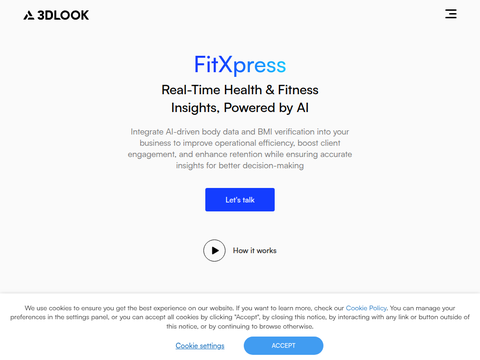Social media users have uncovered a controversial application of Google's newly launched Gemini AI model: the ability to remove watermarks from images, including those from Getty Images and other well-known stock media providers.
Last week, Google expanded access to the image generation capabilities of its Gemini 2.0 Flash model, enabling it to locally create and modify visual content. This feature is undeniably powerful, but it appears to lack certain safeguards. Gemini 2.0 Flash can freely generate images depicting celebrities and copyrighted characters, and as noted earlier, it also eliminates watermarks from existing photographs.
As highlighted by several users on X and Reddit, Gemini 2.0 Flash doesn't just erase watermarks—it also attempts to fill in the gaps left behind after watermark removal. While other AI tools offer similar functionality, Gemini 2.0 Flash seems particularly proficient at this task and, notably, is available for free.
To clarify, the image generation feature of Gemini 2.0 Flash is currently labeled as "experimental" and intended for "non-production use," accessible only through developer-focused tools like AI Studio. The model isn't flawless when it comes to watermark removal—it struggles with semi-transparent watermarks and those covering large portions of an image.
Nevertheless, some copyright holders are likely to be dissatisfied with the lack of restrictions on Gemini 2.0 Flash. Competing models, such as Anthropic’s Claude 3.7 Sonnet and OpenAI’s GPT-4o, explicitly refuse to remove watermarks; Claude describes the act of removing watermarks as "unethical and potentially illegal."
Under U.S. copyright law, removing watermarks without the original owner’s consent is considered illegal, except in rare scenarios.
Google did not immediately respond to a request for comment sent outside regular business hours.

